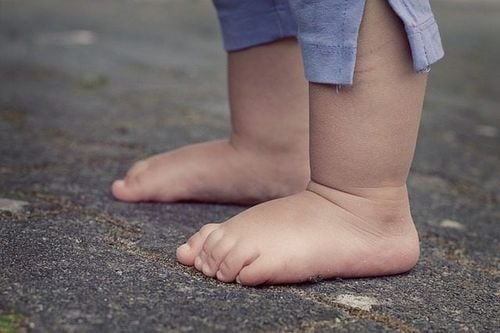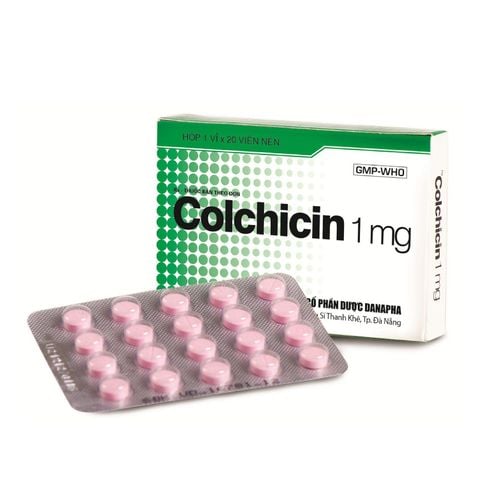This is an automatically translated article.
Rotating feet is a common condition that can be present at birth or develop in young toddlers. As with common foot deformities, inward rotation of the foot usually does not cause pain or prevent the child from learning to walk, run or jump and usually corrects itself. Conversely, if the condition continues and is left untreated, it can lead to permanent complications later in life.
1. What is inward-turning foot in children?
Inward foot deformity is when a child's feet point inward instead of straight forward when the child walks or runs.
For most toddlers, turning the feet in is not painful at all and can be considered normal. Inward rotation of the foot may result from the toes turning inward due to rotations in the shinbone or femur. After that, this foot deformity usually improves as the child gets older. Most children with toes can perfectly learn to walk, run, and play sports just as children with their feet pointed straight ahead.
On the other hand, if the foot turning inward is not spontaneous during the child's learning to walk, this deformity may be the result of conditions such as:
Dislocation of the femur: The mechanism is when the femur is displaced twist and turn inward. The hip may rotate inward more than usual. Many children with femur torticollis are able to sit in the “W” position. In almost all children, the femur will gradually correct itself and not continue to twist inward. This tends to happen by the time the child reaches school age and goes on for many years without requiring splints, shoes, exercises, or specific chiropractic manipulations.
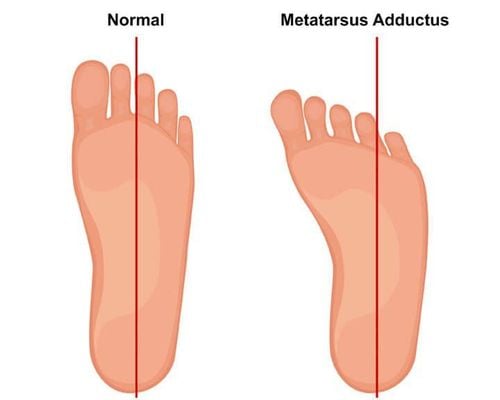
Dị tật bàn chân cong vào trong - metatarsus Adductus
Tibia torsion: The mechanism is when the tibia is twisted and rotated inward. This deformity usually causes the baby's legs to rotate inward so that the baby's feet fit in the mother's uterus during pregnancy. In almost all children, the tibia will gradually correct itself without twisting back, but this can also take years. Metatarsus Adductus: This is an inward curvature of the foot and may look a bit like mild clubfoot. Similar to the situations mentioned above, the condition usually resolves itself after birth. However, if the foot does not improve on its own within the first year of life, the child needs to be scheduled for a correction or cast. In addition, inward rotation of the leg may be related to a family history or to an enlarged fetus, leading to endometrial overcrowding in the third trimester.
2.What are the symptoms of inward rotation of the leg?
Most children with an inward rotation of the leg are only discovered when they are between the ages of 8 and 10. Before that time, however, a pediatrician can warn parents of suggestive signs such as: after: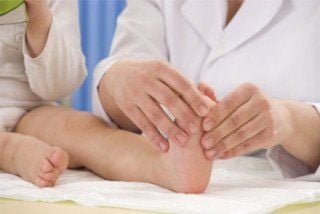
Trẻ than đau chân khi đi có thể là dấu hiệu của chân xoay vào trong
Feet shaped like crescent moons, mainly in infants The shin or thigh bone turns inward The child limps the child complains of pain or swelling in the leg when walking gait problems, easy way to walk stumbles or is unusually clumsy, although the child still enjoys being able to walk around on his own often.
3. How to identify inward rotation in a child?
When visiting, the doctor needs to carefully study the medical history, especially about the birth history and developmental milestones. Any history of a child experiencing pain or a limp should be reported to the doctor by the parent.
During the exam, the doctor will need to observe how the child walks and runs and check the range of motion of the hips, knees, ankles and feet. Your doctor will also do a neurological exam to check muscle tension, nerve-muscle function, and coordination. At the same time, the child will also be noted for femoral inversion, tibial torsion or ankle compression.
Routine imaging studies are also needed to determine if the child actually has an inward rotation of the leg and what the cause is. Diagnostic imaging includes X-rays, CT scans to assess the alignment of the leg bones, or fluoroscopy (video X-ray) to observe the movement of the leg bones as the child moves.
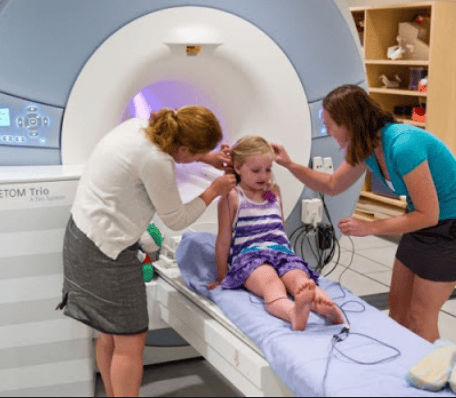
Chụp CT để đánh giá sự thẳng hàng của các xương chân khi trẻ cử động
4. How to treat inverted leg deformity?
The discovery of inward rotation of the leg in a toddler requires no treatment other than observation. It can take years for the bones to stop twisting as a child gets older. Certain approaches, such as using shoes, special braces, or spinal manipulation have been shown to not improve faster inward rotation of the foot.
If the femur or tibial torsion is still in the teen years and causes problems with walking, turning the foot inwards in the child may need surgery. Orthopedic surgeons will cut and rotate the bone.
In summary, inward-turning feet in children are often seen when children are in the developmental stage. Fortunately, this foot deformity tends to improve as the child gets older. However, if the child is not able to relieve himself, the abnormal gait will cause the child to experience persistent discomfort due to the increased internal torsion force. At this time, corrective surgery should be performed early in order to promptly correct the function of early gait for children.
Pediatrics department at Vinmec International General Hospital is the address for receiving and examining diseases that infants and young children are susceptible to: viral fever, bacterial fever, otitis media, pneumonia in children, ... With modern equipment, sterile space, minimizing the impact as well as the risk of disease spread. Along with that is the dedication from the doctors with professional experience with pediatric patients, making the examination no longer a concern of the parents.
Please dial HOTLINE for more information or register for an appointment HERE. Download MyVinmec app to make appointments faster and to manage your bookings easily.




